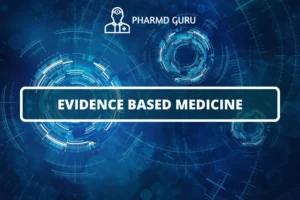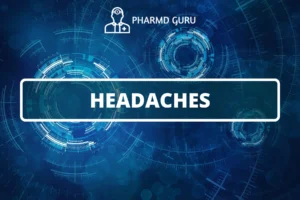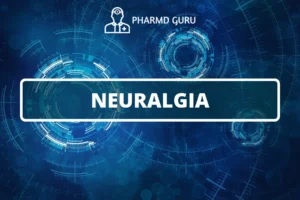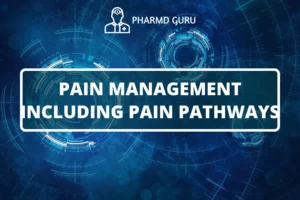Alcoholic liver disease (ALD) is a condition that occurs due to excessive and prolonged alcohol consumption. It encompasses a spectrum of liver disorders, including fatty liver, alcoholic hepatitis, and alcoholic cirrhosis. Understanding the etiopathogenesis, or the underlying causes and mechanisms, of ALD, as well as the available pharmacotherapy options, is essential for effectively managing this condition. In this article, we will explore the etiology of ALD, its progression, and the pharmacological interventions used in its treatment.
SCROLL DOWN TO THE BOTTOM OF THIS PAGE FOR ACTUAL NOTES.
Table of Contents
- Introduction
- Understanding Alcoholic Liver Disease (ALD)
- Etiology of ALD
- Pathophysiology of ALD
- Clinical Presentation
- Diagnostic Approaches
- Treatment Options
- Pharmacotherapy for ALD
- Alcohol Cessation
- Antioxidant Therapy
- Nutritional Support
1. Introduction
Alcoholic liver disease (ALD) is a progressive liver condition caused by excessive and prolonged alcohol consumption. It ranges from mild fatty liver to more severe forms such as alcoholic hepatitis and alcoholic cirrhosis. ALD can have significant consequences for liver health and overall well-being.
2. Understanding Alcoholic Liver Disease (ALD)
ALD is primarily associated with alcohol abuse or heavy drinking over an extended period. The liver is responsible for metabolizing alcohol, but excessive alcohol consumption can lead to liver damage and inflammation. The severity of ALD can vary depending on the duration and amount of alcohol consumed.
3. Etiology of ALD
The primary etiological factor for ALD is chronic alcohol abuse. However, not all individuals who consume alcohol develop ALD, suggesting that other factors, such as genetic susceptibility and nutritional deficiencies, may contribute to its development. Additionally, comorbid conditions like viral hepatitis can worsen ALD progression.
4. Pathophysiology of ALD
a. Steatosis (Fatty Liver):
- Alcohol impairs liver metabolism, leading to fat accumulation.
- Inflammation and oxidative stress contribute to liver injury.
b. Alcoholic Hepatitis:
- Ongoing inflammation causes liver cell damage and inflammation.
- Activation of the immune system and release of pro-inflammatory cytokines further contribute to liver injury.
c. Alcoholic Cirrhosis:
- Prolonged inflammation and fibrosis result in the formation of scar tissue.
- Liver function becomes severely compromised.
5. Clinical Presentation
a. Fatty Liver:
- Often asymptomatic but may cause mild abdominal discomfort or fatigue.
b. Alcoholic Hepatitis:
- Jaundice
- Abdominal pain
- Ascites (fluid accumulation in the abdomen)
- Hepatic encephalopathy (brain dysfunction due to liver failure)
c. Alcoholic Cirrhosis:
- Portal hypertension
- Spider angiomas (abnormal blood vessels on the skin)
- Hepatic encephalopathy
- Liver failure
6. Diagnostic Approaches
a. Medical History and Physical Examination:
- Assessing alcohol consumption patterns
- Identifying signs and symptoms of liver disease
b. Blood Tests:
- Liver function tests (e.g., AST, ALT, GGT)
- Complete blood count
- Imaging Studies:
- Ultrasonography
- CT scan
- MRI scan
d. Liver Biopsy:
- A sample of liver tissue is examined to assess the extent of liver damage.
7. Treatment Options
The primary approach to managing ALD involves alcohol cessation and lifestyle modifications. Additionally, pharmacotherapy can be used to treat specific aspects of the disease and support liver function.
8. Pharmacotherapy for ALD
a. Alcohol Cessation:
- The most crucial step in managing ALD is complete abstinence from alcohol.
- Alcohol cessation programs, counseling, and support groups can be beneficial.
b. Antioxidant Therapy:
- Antioxidants such as vitamin E and N-acetylcysteine (NAC) may help reduce oxidative stress and inflammation in the liver.
c. Nutritional Support:
- Malnutrition is common in individuals with ALD, and nutritional supplementation is essential.
- A balanced diet with adequate protein, vitamins, and minerals is recommended.
ACTUAL NOTES:




